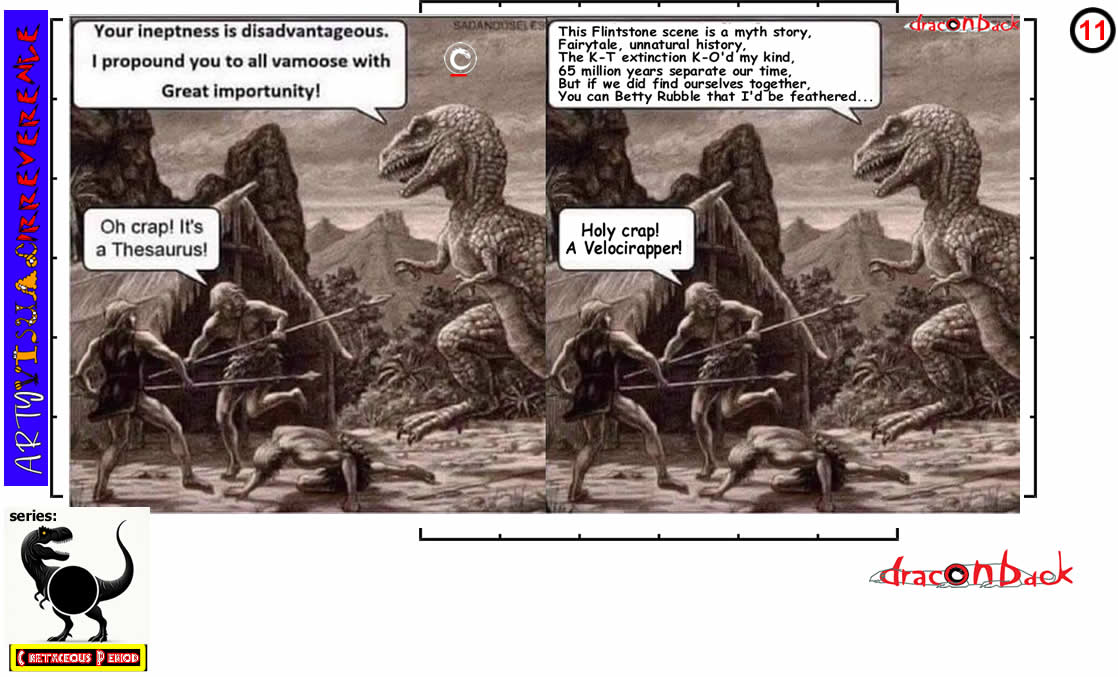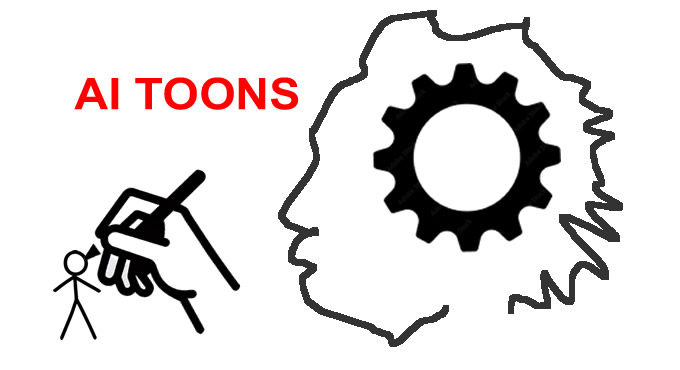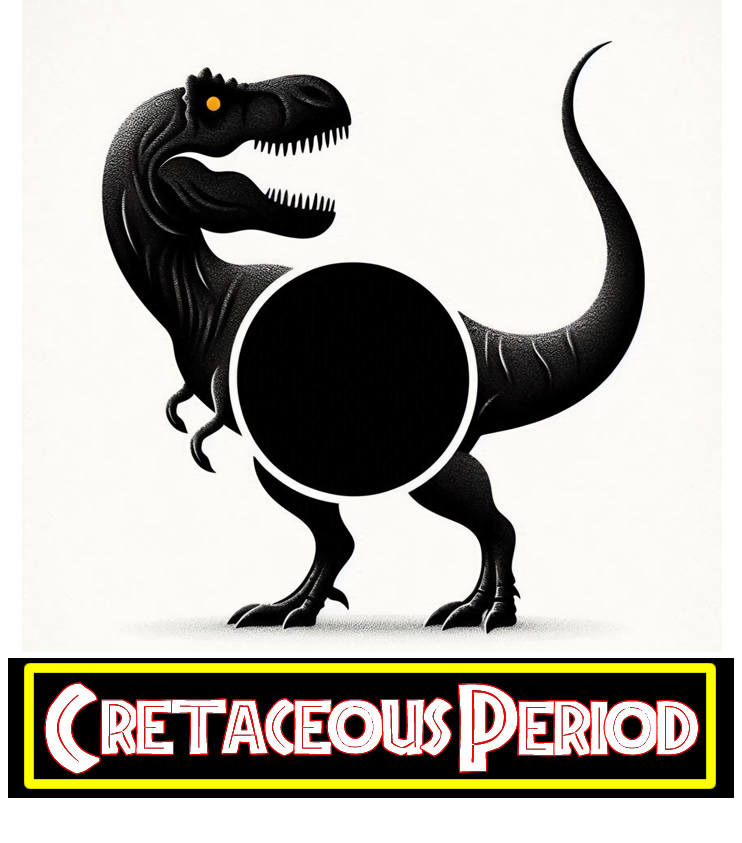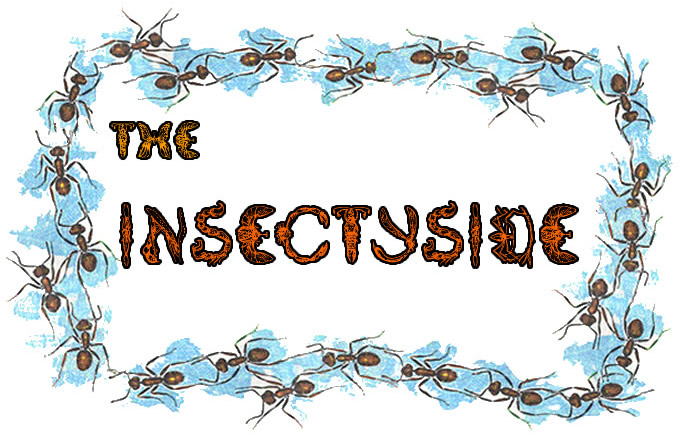

AI-assisted comic creations by  |
 |
|
|
Exchanging memes with friends is one of my joys in life and recently a friend sent me the one at left above, which includes a variant of wordplay from a very old dad joke… I responded back with the reworked image on the right. The exchange reminded me of a trivia question that my dad used to pose to folks-- back when I was a kid with an avid interest in prehistory: “How was it that cavemen used to kill dinosaurs?” The correct answer is not a reminder from proponents of gender-neutral language: “Do you mean cave-people?” nor does it involve any elaborate supposition about driving them (the dinosaurs, not the language police [even more annoying than those who correct wrong-headed notions in cartoons]) off cliffs or into pit-traps or such. The fact is that humans never encountered any living dinosaurs beyond the last of their lineage-- modern birds. Humans and non-avian dinosaurs are separated by an immense gulf of time— over 60 million years at a minimum (using "human" to generously include all known hominid species). Dinosaurs dominated the Mesozoic Era, spanning approximately 180 million years, before their extinction at the close of the Cretaceous period. Humans, by contrast, emerged relatively recently during the late Pleistocene epoch of the Cenozoic Era. Despite this vast chronological divide, popular culture has gleefully flouted paleontological realities, conjuring scenarios where humans coexist with creatures like Tyrannosaurus rex or Stegosaurus (which were themselves, separated in time by an enormous gap of about 83-85 million year). While dinosaurs and humans often cavort together in popular entertainment, from the Stone Age frolics of "The Flintstones" to Raquel Welch's improbable prehistoric adventures in "One Million Years B.C." and even the scientifically-minded "Jurassic Park," the real story is substantially different. In the real world, non-avian dinosaurs vanished during the Cretaceous–Paleogene extinction event approximately 66 million years ago, while the earliest human ancestors wouldn't appear until roughly 6 million years ago—creating a 60-million-year separation that renders any direct interaction between humans and dinosaurs completely impossible. This enormous temporal gulf, spanning epochs of Earth's history including the Paleocene, Eocene, Oligocene, Miocene, and Pliocene, allowed mammals to evolve from small, rodent-like creatures into the diverse forms they take today, including primates and eventually humans. The persistent cultural fantasy of humans encountering dinosaurs reflects our fascination with these remarkable creatures rather than any historical reality, as we remain forever divided from them by an unbridgeable chasm of geological time. Also I know the critter in the meme above doesn’t look much like a dromaeosaurid velociraptor but nor does it look much like modern conceptions of what a T. rex would have looked like (which I think is what the original artist was going for).
Famously, the velociraptors in Jurassic park were too big for species known at the time the film was made—which was then vindicated by the discovery of fossils of what was dubbed Utahraptor ostrommaysi—shown in more or less accurate scale above (assuming Fred Flintstone to be about 6 foot tall). As most informed folks know, feathering is believed to have been an ancestral characteristic originally serving for regulating body temperature and only much later evolutionariy honed, in birds, for flight.
Above is an image generated from a request for a photorealistic rendering of Utahraptor ostrommaysori-- which, except for the three digits (instead of two) on the forelimbs and their larger relative size, actually looks much more like how Tyrannosaurus rex is currently envisioned by paleontologists, feathers and all…
|
|||||||||||||||
 |
 |
 |
 |
 |
|---|